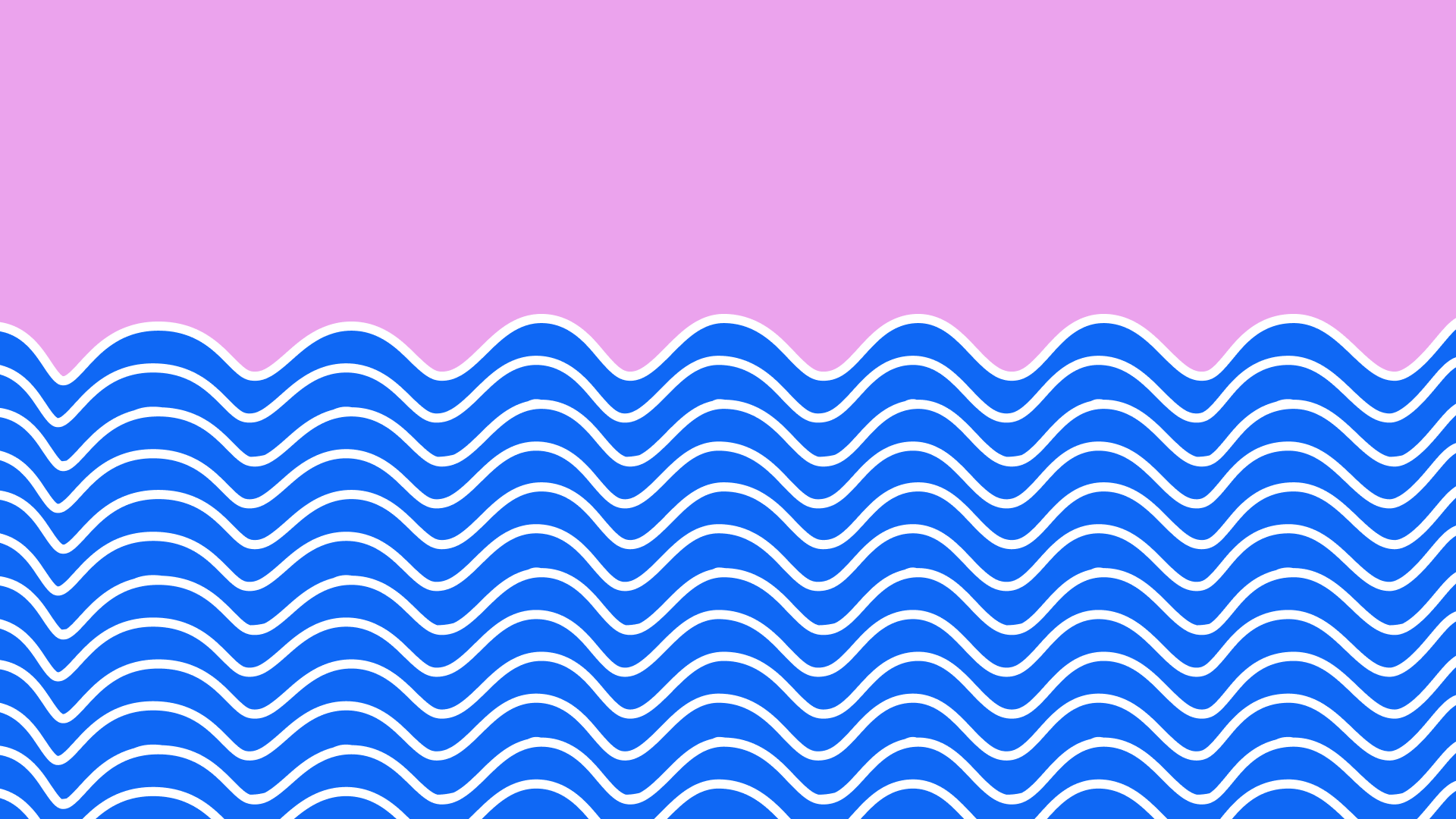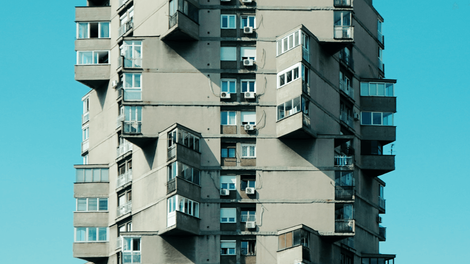One of the most iconic Japanese images is a woodblock print of a scene at sea: a great wave about to engulf fishing boats with Mount Fuji overlooking the scenario in the distance.
Under The Wave Off Kanagawa and the Thirty-Six Views of Mount Fuji series are considered masterpieces of Japanese ukiyo-e woodblock prints, not only for their material qualities but for the everyday scenes they depict that tell us more about daily life in Japan during the Edo period (1603 - 1867).
What makes this famous print so striking is the delicate curvatures of the white water shapes contrasted with dark blue hues. Master printmaker Katsushika Hokusai (1760 - 1849) created the famous image of "The Great Wave" using a mixture of Indigo and Prussian Blue inks.
Whereas Indigo is the traditional Japanese blue ink extracted from the Persicaria Tintoria plant since the 10th century, Hokusai created rich new colors by mixing it with Prussian Blue - a European synthetic pigment that was gaining wild popularity in Japan at the end of the Edo period.
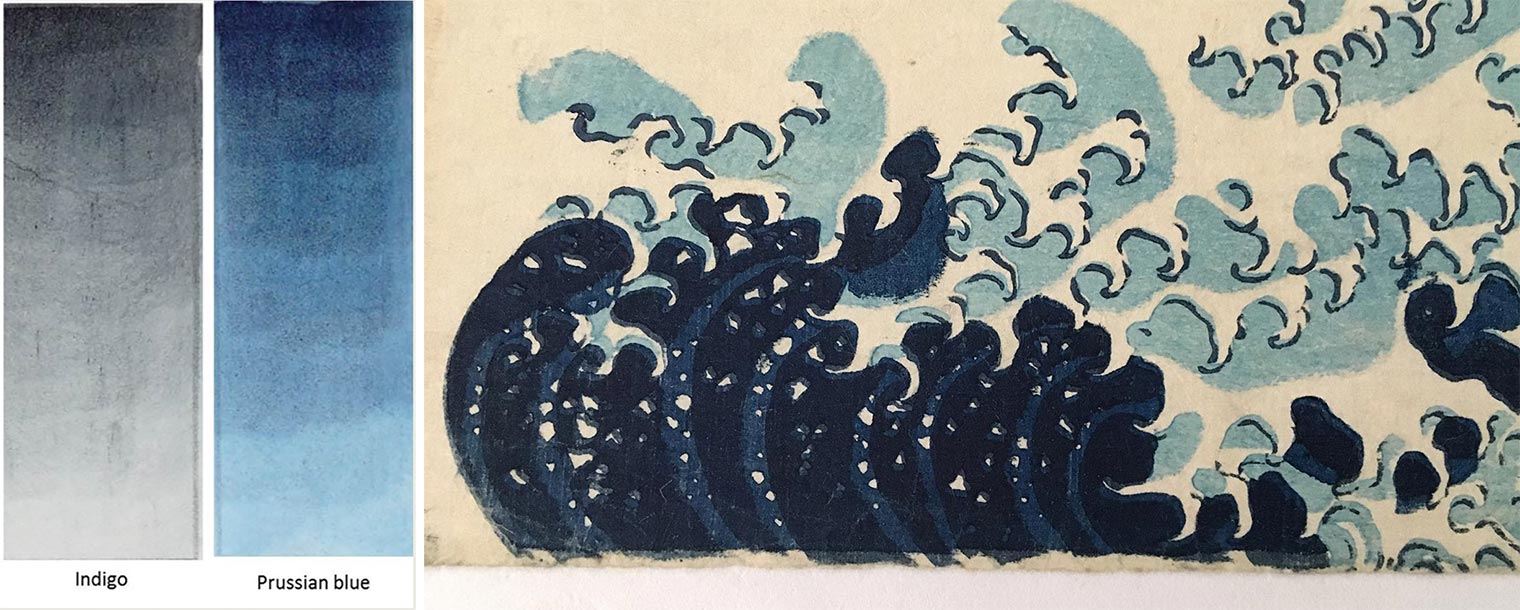
Foreign trade was, by law, extremely limited during this time, so the presence of Prussian blue in Hokusai's prints meant that he was dealing with art supplies smugglers. But more significantly, this ink and the foreign trade it represents signaled the changing of the tides for Japan as a country, which finally reopened its borders to foreigners in 1867 after about 250 years of closure.
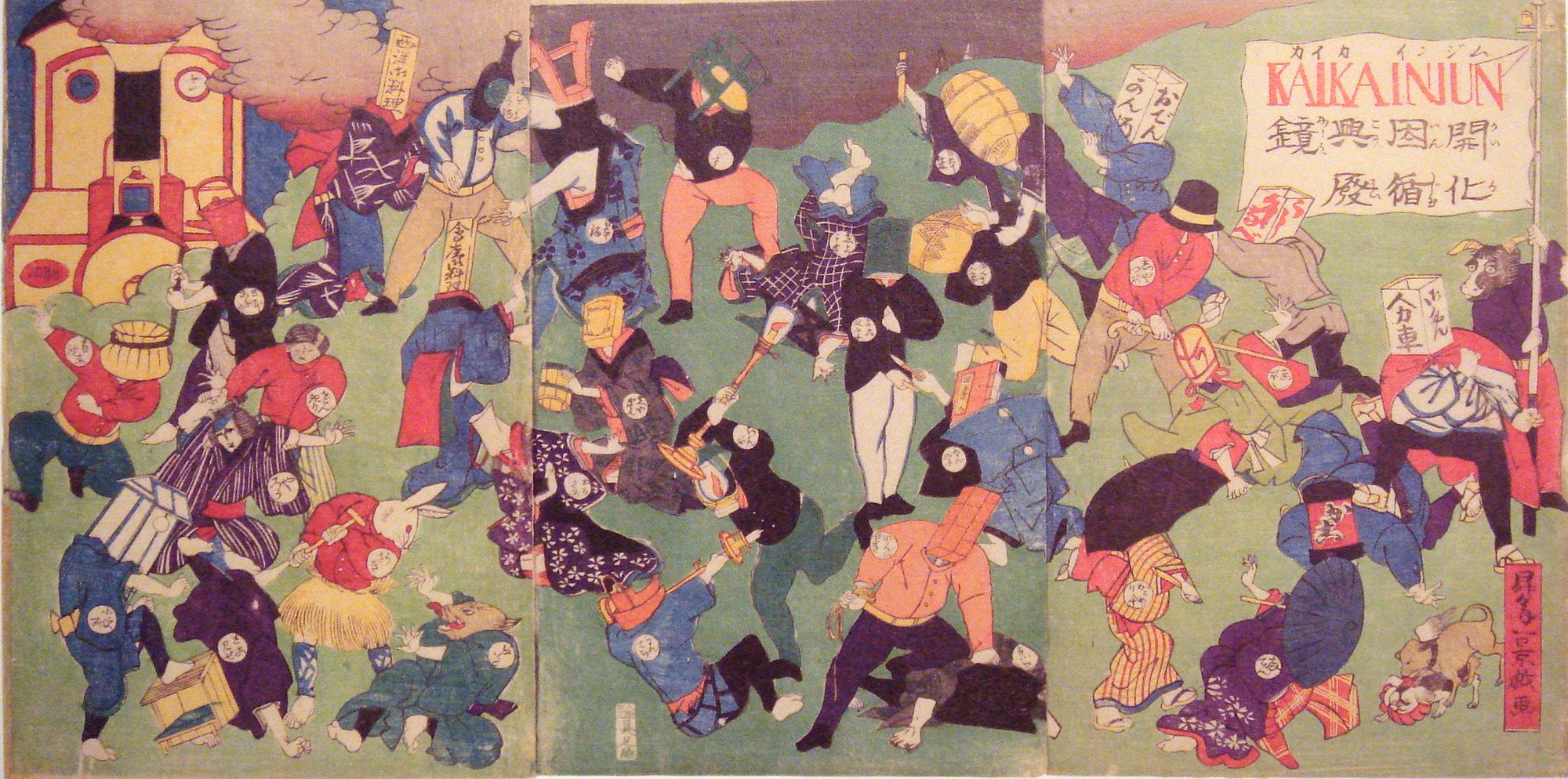
The Meiji period (or Meiji Restoration) followed under a new constitutionalized government. It brought about Western industrialization and an infrastructure boom in Japan, including more ports and harbors for increased foreign trade.
Coastal areas have always been important hubs of local industry in Japan. But with the opening of its borders, these coasts also allowed the influx of imported goods, people, and ideas, as well as the outflow of Japan's natural, human, and other resources.
Jumpstart your ideas with Linearity Curve
Take your designs to the next level.
Japanese culture and the ocean
Japan's jagged coastline stretches 34,000 km - close to the earth's circumference (40,000 km) and almost double the length of the US coastline!
The ocean is Japan's most abundant natural resource, teeming with 3,500 animal species and 800 aquatic plant species. Fishing is one of the country's most important economic activities, with the Sea of Japan (also known as the East Sea) being the sixth-largest fishing territory in the world.
It only makes sense that this island nation has a special relationship with the ocean and that the sea has been a favorite theme in Japanese art and design since classical times.
In recent years, increased awareness of the human impact on the sea and coastal areas in Japan has led to the discussion around sato-umi. Translated literally as "the area where people live" and "sea," sato-umi describes the concept of a positive relationship between people and the ocean for the good of the environment.
Sato-umi is built on five elements:
- Ecosystem resource management
- Healthy substance circulation
- Contact and coexistence
- Sustainable activity spheres (such as fishing villages)
- The entities that perform these activities (fishermen and residents)
But the sustainable relationship of sato-umi can only exist when all the stakeholders do their part: it's as important for the community to become aware of their impact on nature as it is for the fishermen and district governments. It's also about human connections and sharing a connection with the environment.
The sato-umi way of thinking dates back several hundred years in Japanese culture, but the term only came to the fore recently. In essence, this concept hearkens to a time in pre-industrialized Japan when human industry and nature co-proliferated in a good balance.
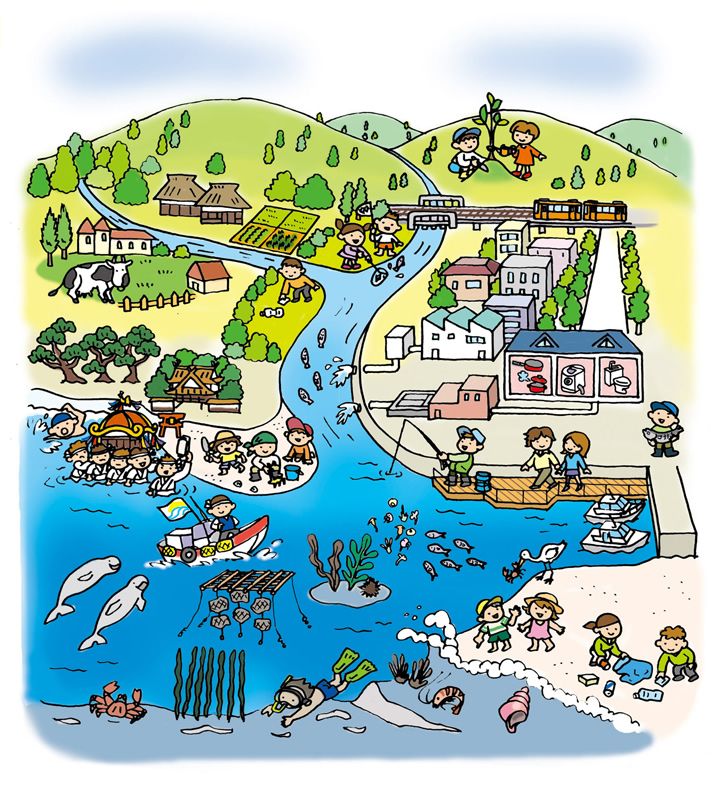
We can learn much about the relationship between the Japanese and the ocean and its symbolism by looking at art from the Edo period and beyond.
For example, one interpretation of Hokusai's Under The Wave Off Kanagawa is that the wave represents the turbulent times of political and cultural reform and the influence coming from overseas. At the same time, Mount Fuji (a cultural landmark of Japan) remains grounded in the far distance as the Japanese fishermen navigate the Great Wave.
Explore the World of Japanese Anime Studios
Dive into our engaging blog post to discover the fascinating realm of Japanese anime studios. Learn about their unique artistry, storytelling, and impact on global animation.
This article will look at the inspiring work of Japanese illustrators and artists who actively promote ocean conservation and those dealing with the ocean as a subject matter. These creatives ultimately help increase awareness of the relationship between people and the sea.
Dragon76
This creative from Shiga, Japan, is a prolific muralist and artist who works in a street art style to create beautifully complex images for murals, products, packaging, posters, and album covers. He has worked with well-known organizations such as Adidas, Jeep, United Nations, Sperry, PangeaSeed Foundation, and more.
His Coexist series focuses on creating an awareness of the urgency to protect the natural world and learn how to live sustainably. These original illustrations feature powerful imagery with a Japanese aesthetic, including futuristic samurai warriors and animals rendered in bright colors with swirling clouds around them.
As an ARTivist for Sea Walls: Artists for Oceans, a PangeaSeed Foundation program for ocean conservation, Dragon76 paints murals around the world to help educate and inspire people to change how we steward our relationship with the ocean.
Hiroshi Sugimoto
A prolific photographer and architectural designer since the 1970s, Hiroshi Sugimoto explores the themes of temporality, nature, place, creation, and sustainability. His most famous works include the Seascapes series, a range of photographs taken at different locations around the world at different times of the day.
He began this series in 1980 and has been photographing ocean horizons in diverse locations such as Switzerland, Ireland, New Zealand, and Japan (to name a few).
What's striking about this series is how uncannily similar these seascapes look.
By photographing the meeting point between water and air - two elements essential for life - Sugimoto contemplates the beginning and end of time. Did the first humans see this very same horizon, and will the Earth once again be emptied of human life?
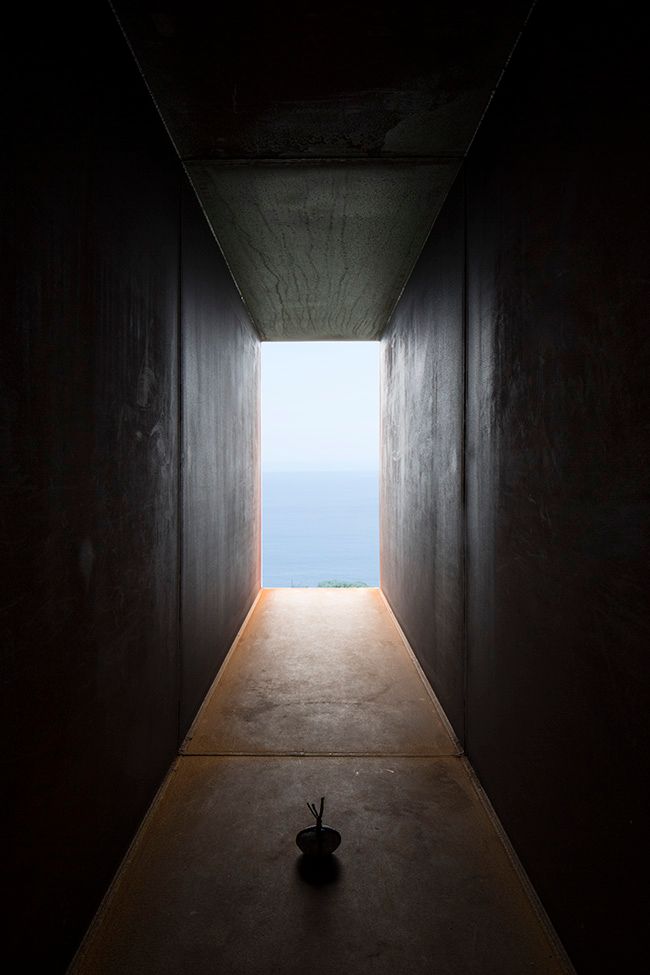
Sugimoto founded the Odawara Art Foundation in 2009 to promote Japanese cultural advancement, primarily through architecture and theater performance. In his architectural work, there are apparent connections between nature and place. His buildings usually feature rough-hewn stone slabs, wood, glass, and found rocks as structural and sculptural elements.
Yoko Ono
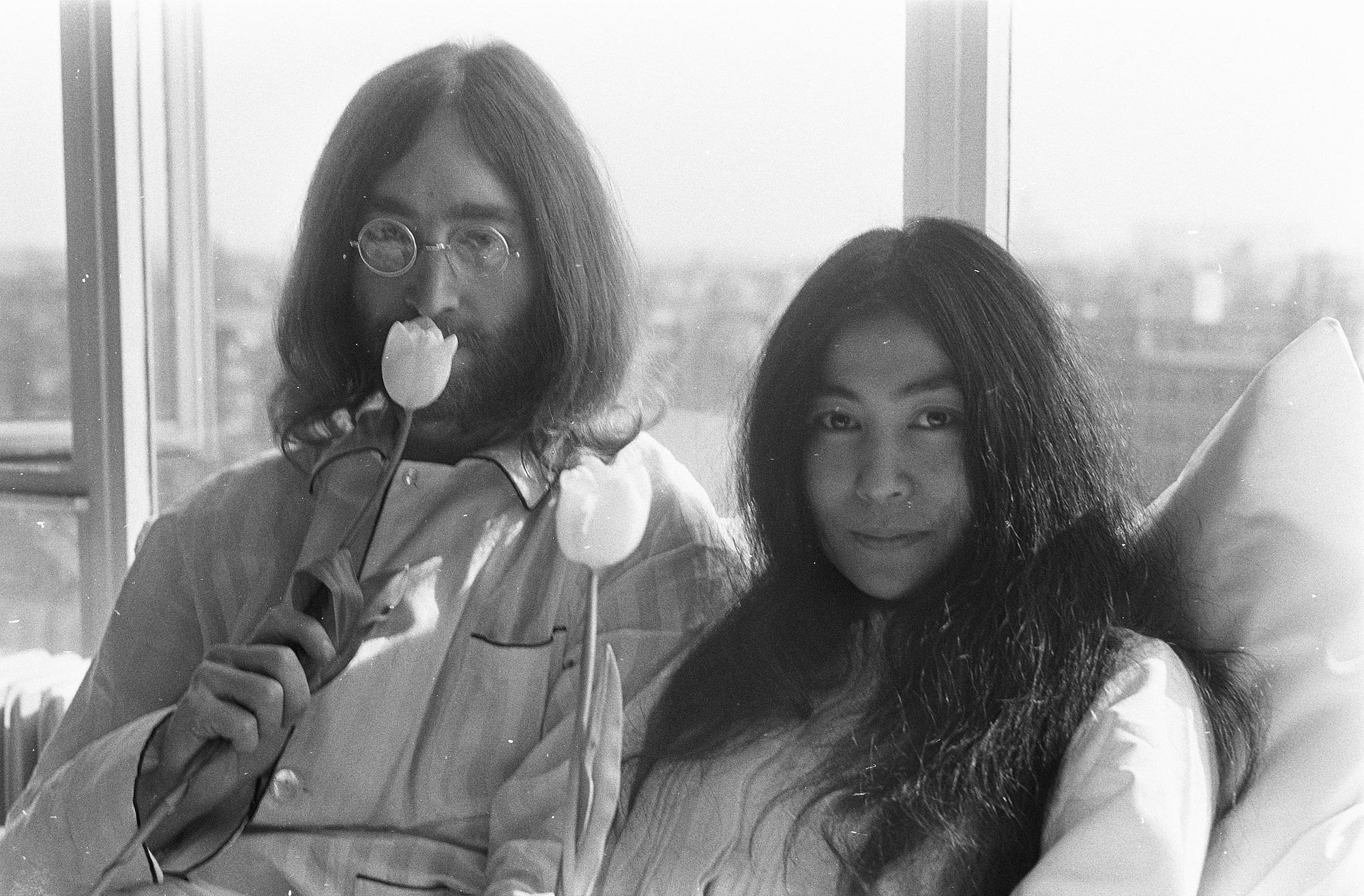
Many people think of Yoko Ono as the wife of the late John Lennon (The Beatles), but have you looked into her artistic career? Lennon and Ono reportedly met at one of her art exhibitions - he was intrigued by her work and became one of her art patrons before they entered into a relationship and were later married in 1969.
Ono is a contemporary artist and has done a wide range of work, including music, performance, conceptual art, art books, and experimental film-making. Much of her work focuses on anti-war protest and breaking societal norms. She's most famous for her various "screaming" pieces and Bed-Ins (1969) with John Lennon.
In an open letter to Taiji in 2014, Ono pleaded with the townspeople to cancel its annual Dolphin slaughtering festival. Japan has been a forerunner in whaling technology and techniques since the 17th century when whale products were considered essential for modern life.
In the past few decades, Japan has received bad press on an international front regarding its whaling practices - especially since the release of the controversial award-winning documentary, The Cove (2009).
Ono's letter entreats the town of Taiji to cancel their whaling festival, if at least to show the rest of the world that Japan is committed to keep advancing and maintaining good relations with other countries.
Please read - "To the Japanese fishermen of #Taiji from @YokoOno Lennon, 20 January 2014" http://t.co/omfd6qPrcV RT!
— Yoko Ono (@yokoono) January 20, 2014
Ishino Shota
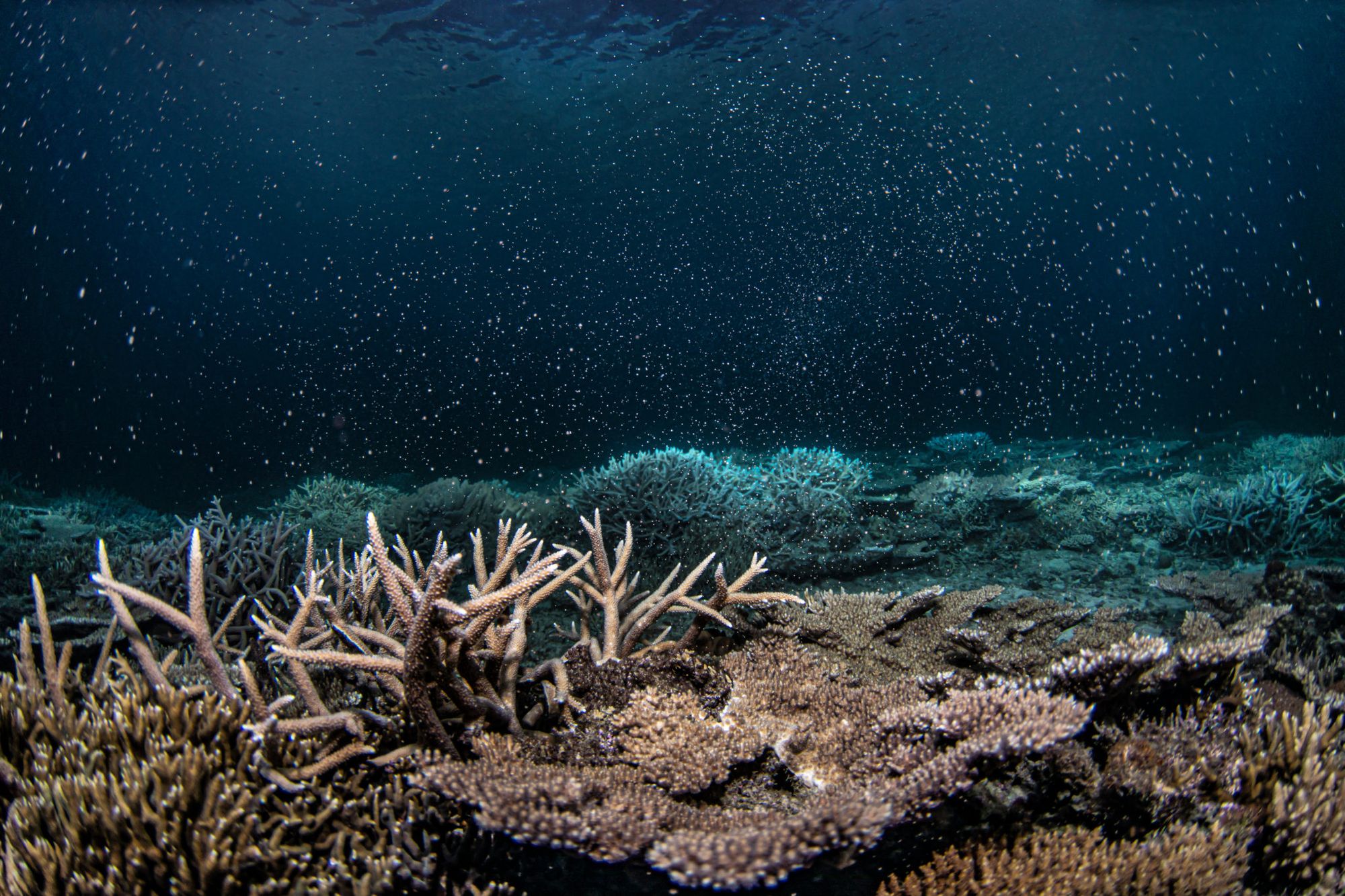
Japanese photographer and scuba diving guide Ishino Shota has been featured in the Oceanographic Magazine. Two of his photographs were nominated as finalists in the Conservation categories of this publication’s Ocean Photographer of the Year (2022) competition.
It took him five years to capture the perfect moment of spawning corals in the moonlight off the coast of Japan. This image shows the beauty of marine life and the hope of sustaining the Earth's underwater diversity.
Ready to learn more about design?
Visit our Academy for free graphic design courses.
As a diver and ocean photographer, Ishino can see first-hand how global warming affects the oceans through coral bleaching; when coral reacts to environmental stressors by expelling the algae it depends on for food.
This makes the coral turn pale or white, which also means it's more susceptible to diseases and eradication.
Kentaro Nishino
This Japanese "nature artist" creates dream-like, hyperrealistic paintings of animals and natural scenes. Kentaro Nishino’s luminous images are made using various techniques: watercolor, airbrush, and acrylic painting on canvas or found wood.
Having studied in Hawaii and San Francisco (USA), his work has been exhibited in Japan as well as internationally and features on commercial products such as jigsaw puzzles.
Nishino is a signature member of the NPO Artists for Conservation (AFC). Though his paintings look like cute illustrations of bunnies, white tigers, and butterflies, his art deals with themes of family and care.
By illustrating how animals care for each other, and the wonders of the natural world, he supports wildlife and habitat conservation efforts, biodiversity, sustainability, and environmental education through art.
His meticulous application of color and illustrious painting techniques remind us of the Rinpa artistic style in traditional Japanese painting. These artworks often depicted striking natural scenes masterfully executed using fine brushes and rich pigments.
Mé
Three core members make up this Japanese artist collective: artist Haruka Kojin, director Kenji Minamigawa, and production manager Hirofumi Masui. Mé’s sculptural work, Contact (2019), is a roomful installation of what appears to be dark, rolling deep-sea waves.
This work focuses the viewer's attention on their own "being there" - the presence of the body in space just as this body of "water" carries so much weight and presence in the space where it has been installed.
Although this work isn't cited as dealing directly with issues of ocean awareness, its reference to our relationship with the ocean is implicit and brings across the concept of sato-umi: When facing this sea, you begin to contemplate your place and impact in the world.
The dark, rippling ocean represents uncertain times and constant change. Just like Hokusai's Great Wave threatens to overturn the Japanese fishing boats, Contact (2019) overwhelms the viewer with an unsettling feeling of disconnectedness or 'being lost at sea' in an era of rapid development and digital communication.
Motoi Yamamoto
Return to the Sea is a long-term project by artist Motoi Yamamoto. This work is about memory, specifically the memory of his late sister. Through his meditative pattern-making using salt, Yamamoto constructs temporary mazes and abstract maps representing the human mind and how we attempt to retain precious time in our memories.
But a ceremony follows after each completion of one of his works: Yamamoto doesn't throw away the salt but instead takes it all back to the sea. In the same way that salt returns to its home in the ocean, Yamamoto reminds the viewer that they, too, will return to the earth when their hour is done.
The artist studied various maps and tectonic movements and constructed a world map showing how salt - a Japanese symbol of purification used for funeral rites - literally covers the entire planet in our oceans.
Like Sugimoto’s Seascapes and Mé's Contact, Yamamoto’s Return to the Sea emphasizes humanity's connection with nature and our temporality.
Takashi Iwasaki
Abstract shapes in cheerful colors are the recognizable features of this visual talent's work. Takashi Iwasaki uses acrylic painting, embroidery, public sculpture, and mural painting to bring his imagination into the world.
This Japanese artist painted beautiful drawings on a Pump house in Churchill, Canada, under the banner of the Sea Walls ARTivism Program to bring awareness of the flow of water from our homes to the sea and back to fresh water again.
The idea behind the work is that when we understand water cycles and how they affect drinking water quality, we can make better decisions about how we use this precious resource.
Twoone
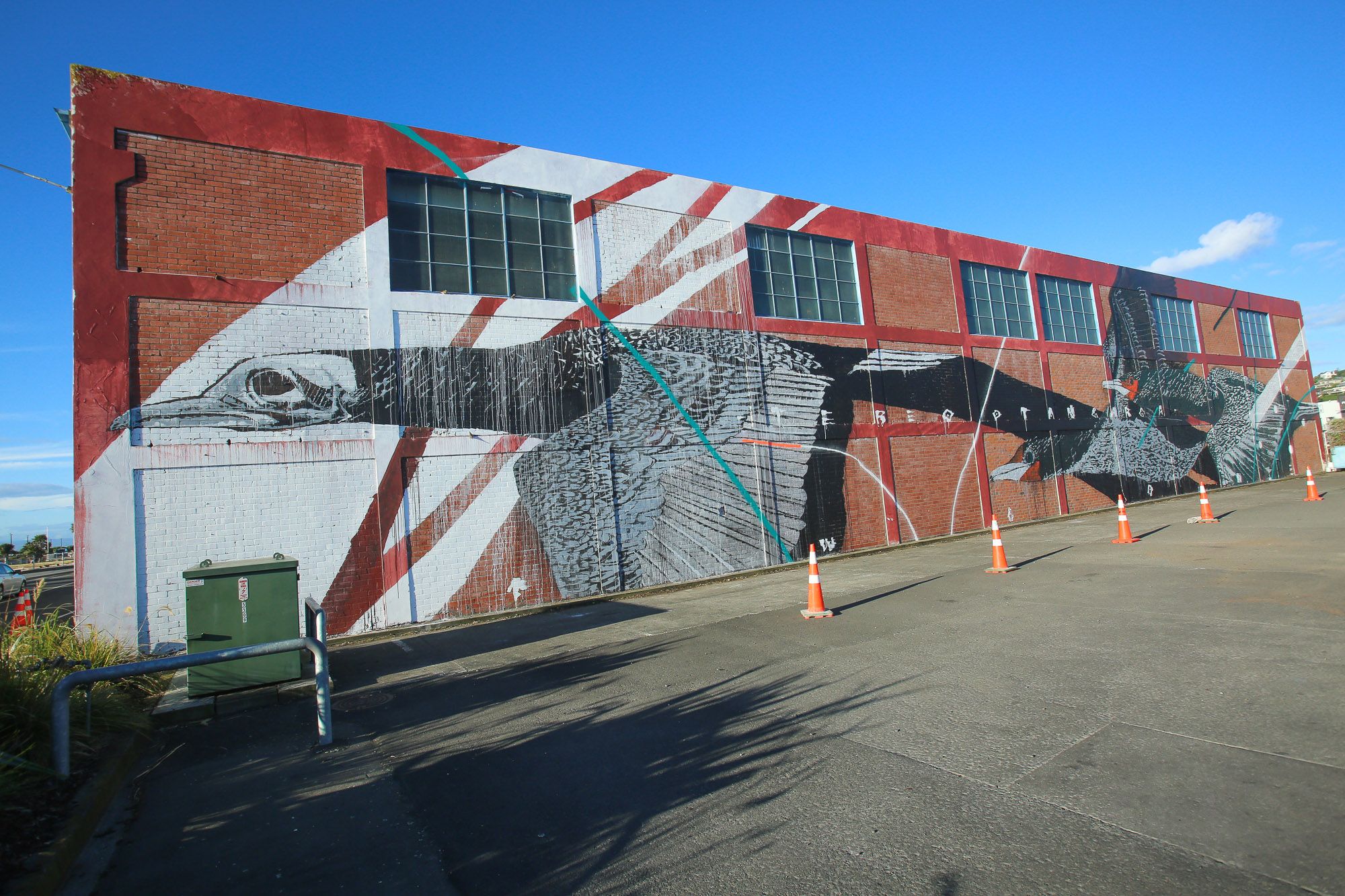
Hiroyasu Tsuri, also known as Twoone, is a Japanese graffiti artist living and working abroad. When viewing one of his pieces, themes of nature, life, and death immediately come to the fore.
Twoone's artworks often feature animals and skulls rendered in monochromatic color schemes with expressive paint drips. His mural, Te waha o Tane (Call of Nature), a Sea Walls public art project, brings awareness to the critical endangerment of the Chatham Island Shag. This coastal seabird is indigenous to New Zealand, and the cause of its waning population is unknown.
Through his work with Sea Walls, Twoone hopes to highlight the effects of global warming and other conservation issues tied to human activity to encourage people to take action. As with sato-umi, when each person does their part, the relationship between us and the ocean will increasingly become a mutually beneficial one.
Yoh Nagao
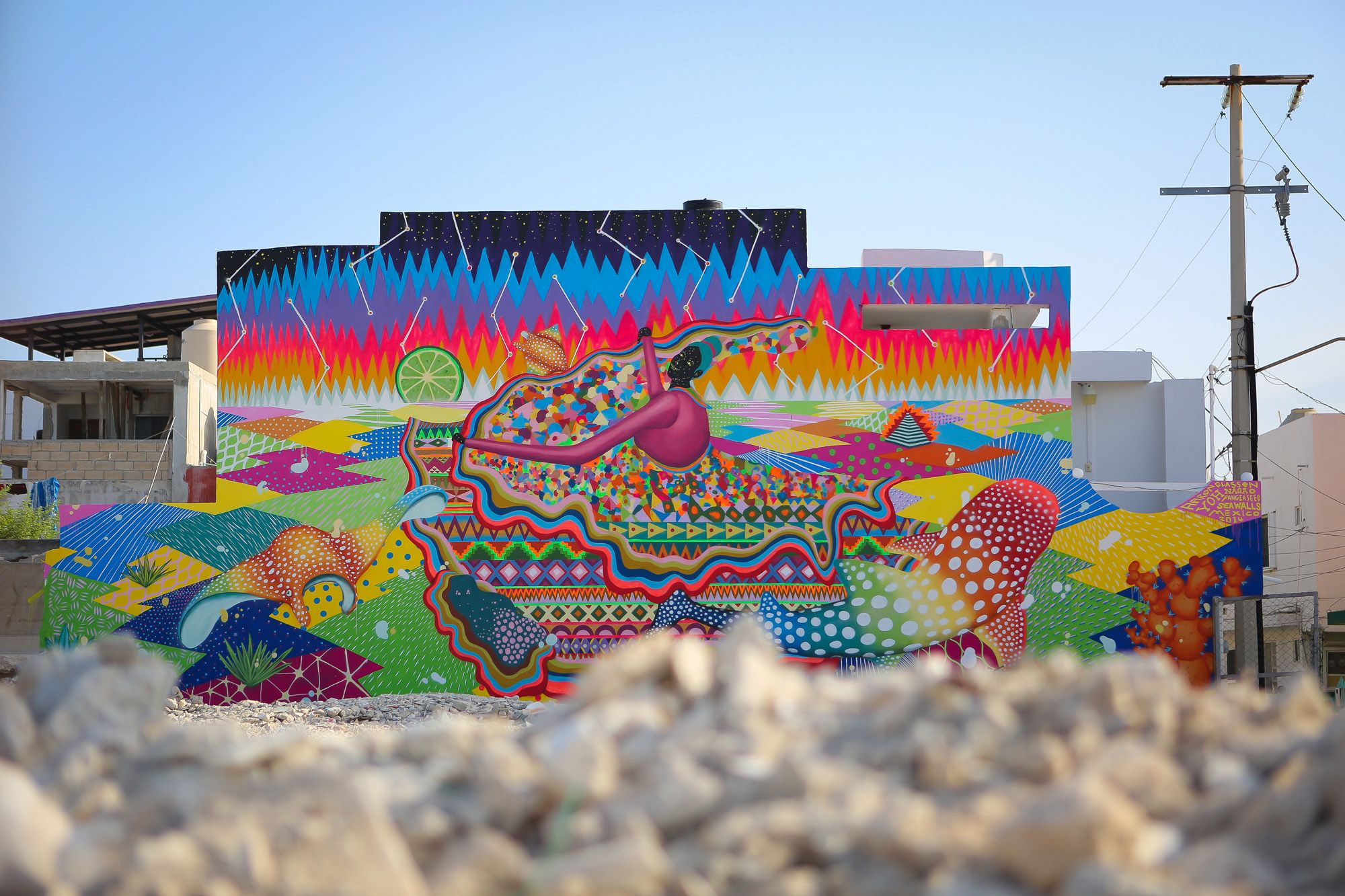
This illustrator from Aichi Prefecture, Japan, has received international acclaim for his unique style, combining collage and painting with bold colors and minute detail. He uses symbols from his Ainu ancestry to deal with culture and indigeneity in his art.
In 2014, Nagao collaborated with artist Aaron Glasson on a Sea Walls ARTivist mural in Isla Mujeres, Mexico, titled Margarita. This large piece features brightly colored drawings of a Mexican dancer, manta rays, and whale sharks, with map-like background details.
Manta rays and whale sharks are majestic, filter-feeding giant fish continually threatened by unsustainable fishing practices. Nagao’s mural serves as a reminder of the beauty and biodiversity these sea creatures bring to Mexican waters and further ashore.
Yuko Montgomery
Born in Japan, Yuko Montgomery grew up in Bangladesh and later attended art school in Tokyo. She majored in oil painting but moved on to making jewelry. After a successful career in jewelry design and traveling abroad, she returned to and settled in Japan again.
The beautiful mountains and blue ocean surrounding her in her home country inspired Montgomery to pick up her paintbrush once more. Her oil paintings focus on the intricate designs of nature and the connection we humans have to the natural world.
Montgomery sees herself as an environmentalist and donates a portion of her art sales to nature conservation activities.
Where to from here?
The ocean symbolizes abundance and disaster in Japanese art, and we can trace a long history of people's relationship with the sea by looking at the work of the old masters up until now.
Contemporary Japanese artists frequently use the ocean motif in their work to refer to the traditions of Japanese art.
Isn't it encouraging to see Japanese talent using their art and resources to create ocean awareness all across the globe? We've looked at some diverse Japanese illustrators and artists spreading sato-umi.
From photographs of ocean horizons and sculptural installations to illustrations painted on walls and open letters, Japanese creatives are creating works that intrigue, inspire, educate, and motivate us to protect the largest part of our blue planet: the ocean.
Even though everyone won't be able to see a mural in New Zealand or visit an exhibition in Japan, many people have access to the internet and can find images and information faster than any generation before us. This way, artists can reach and impact a much bigger global audience by documenting and posting their work online and on social media.
Have you created any illustrations lately inspired by the ocean? We'd love to see them and share them with the world. Hit us up on social media or the Curve Community to share your work with us!
Jumpstart your ideas with Linearity Curve
Take your designs to the next level.
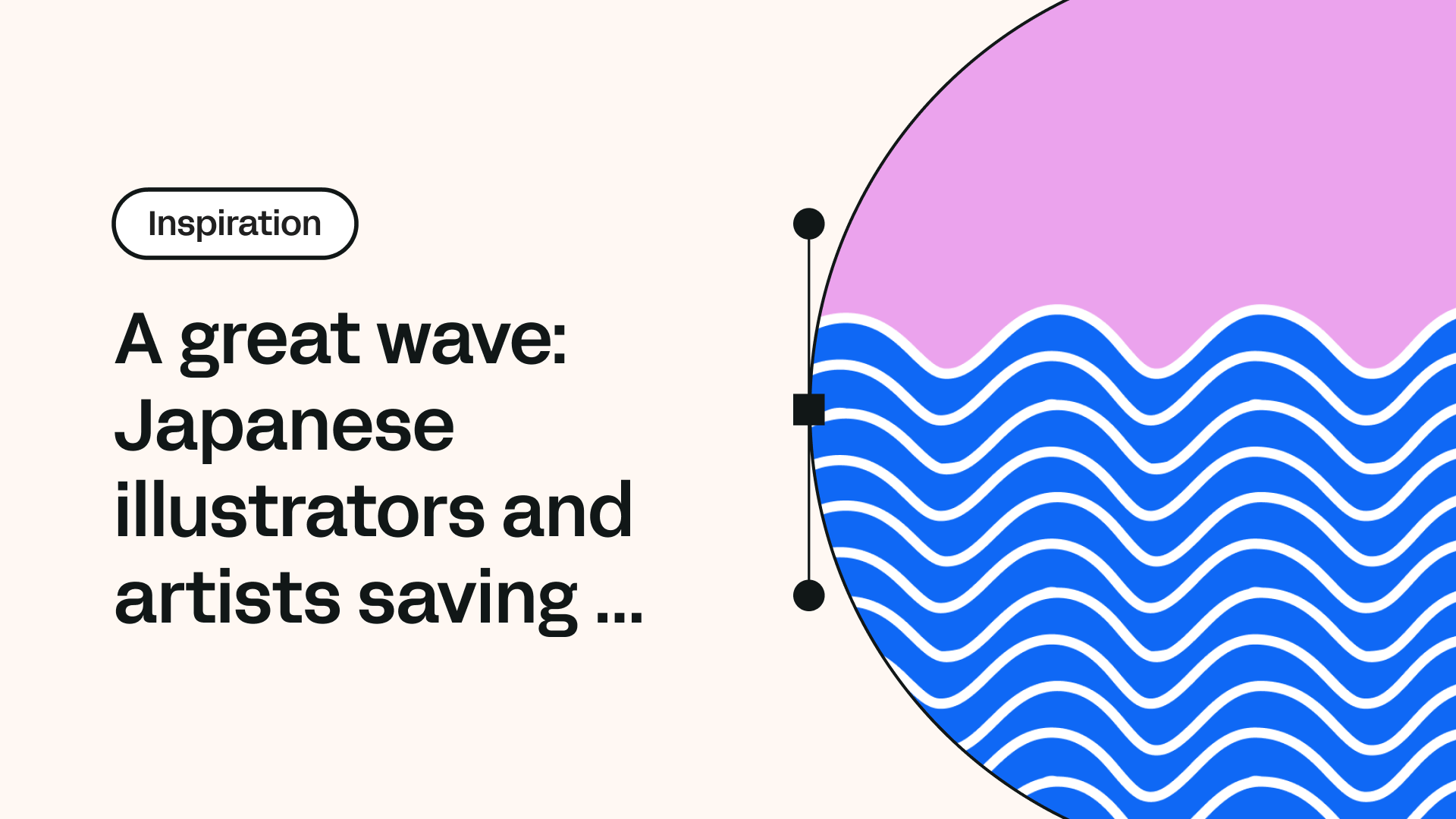
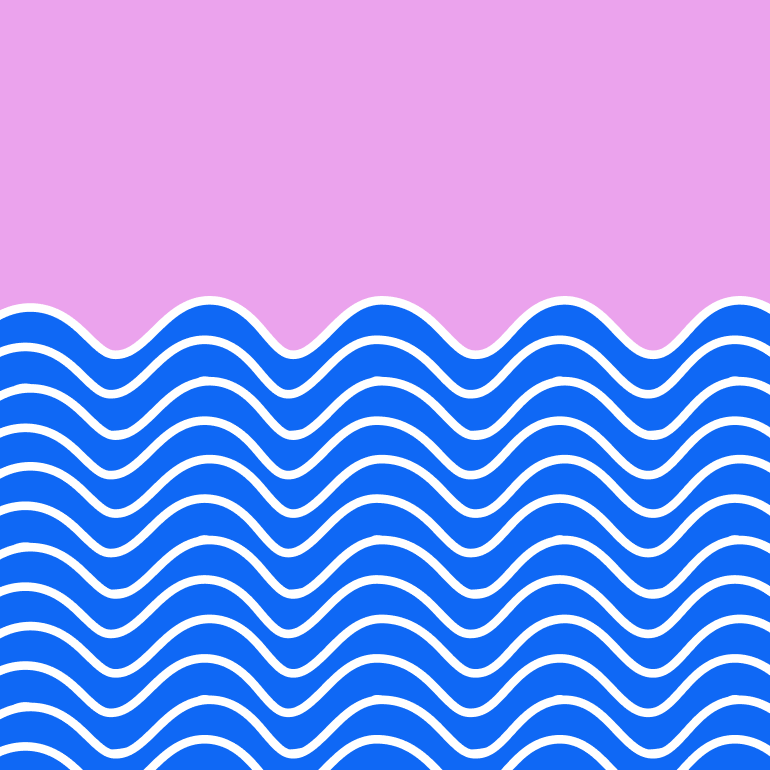
Share this!
Sharné McDonald
Sharné is a contributing writer to the Linearity Blog. She has 10+ years' experience in graphic design and marketing and holds a Master's degree in Art Education.
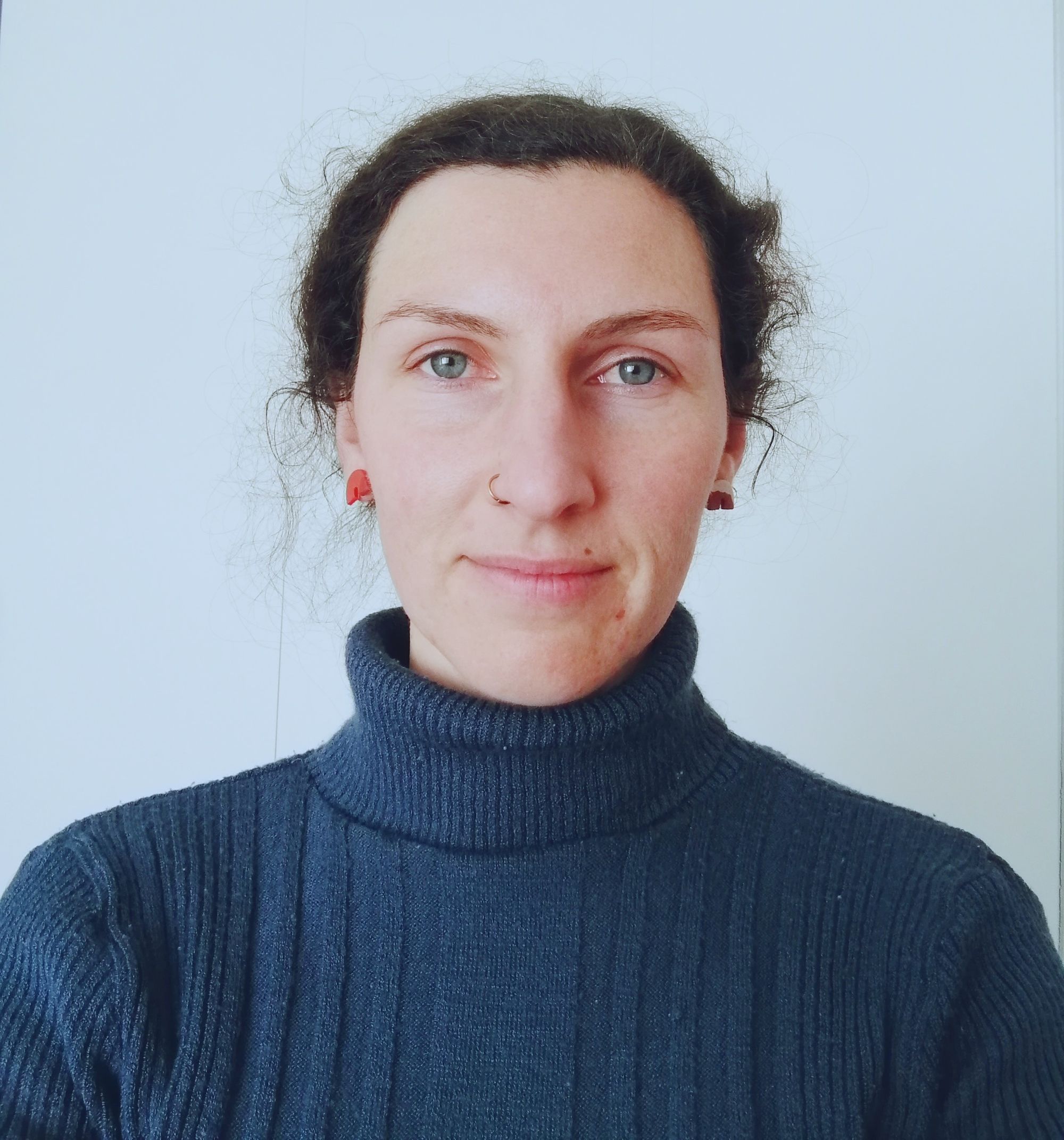

:quality(75))
:quality(75))



:quality(75))
